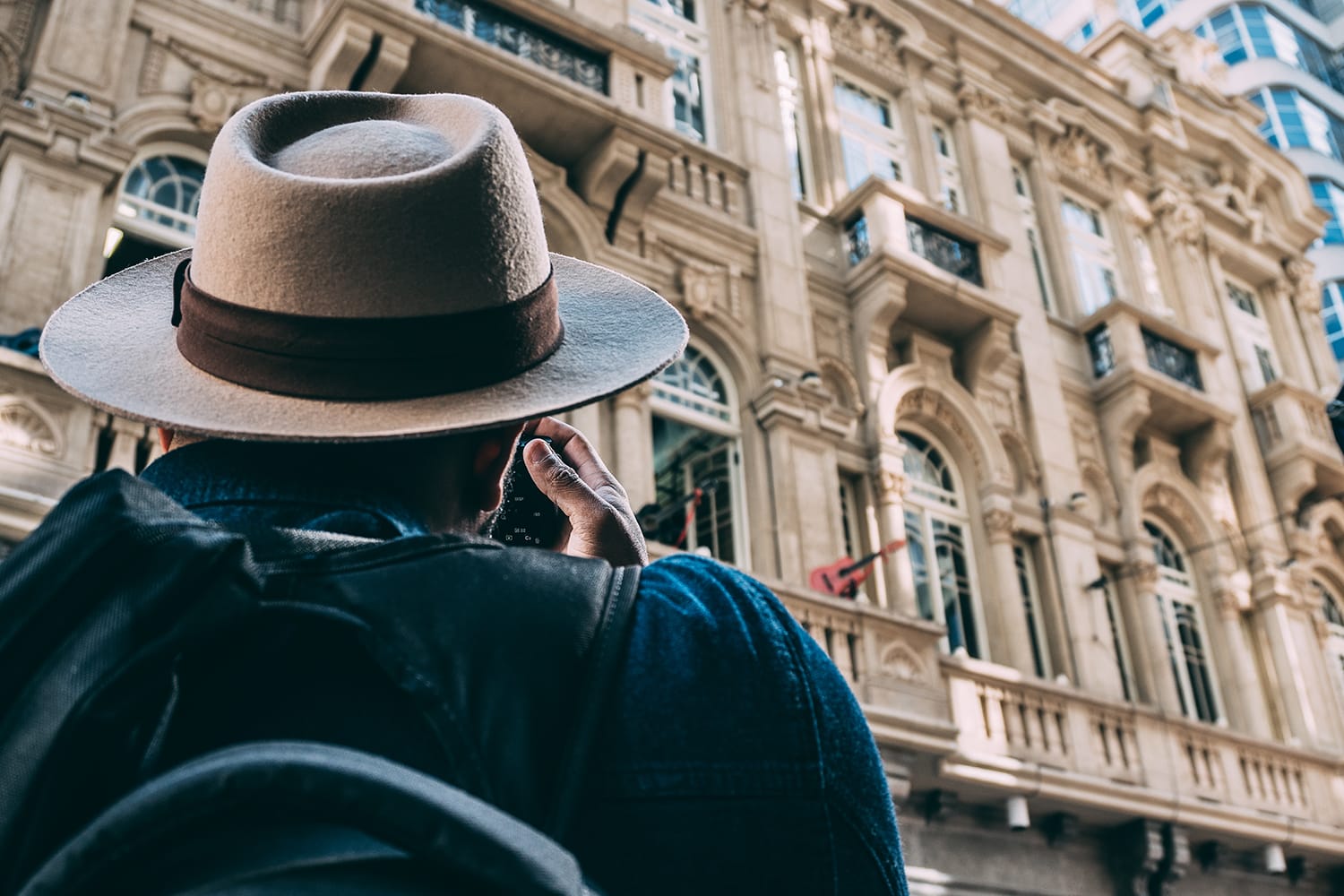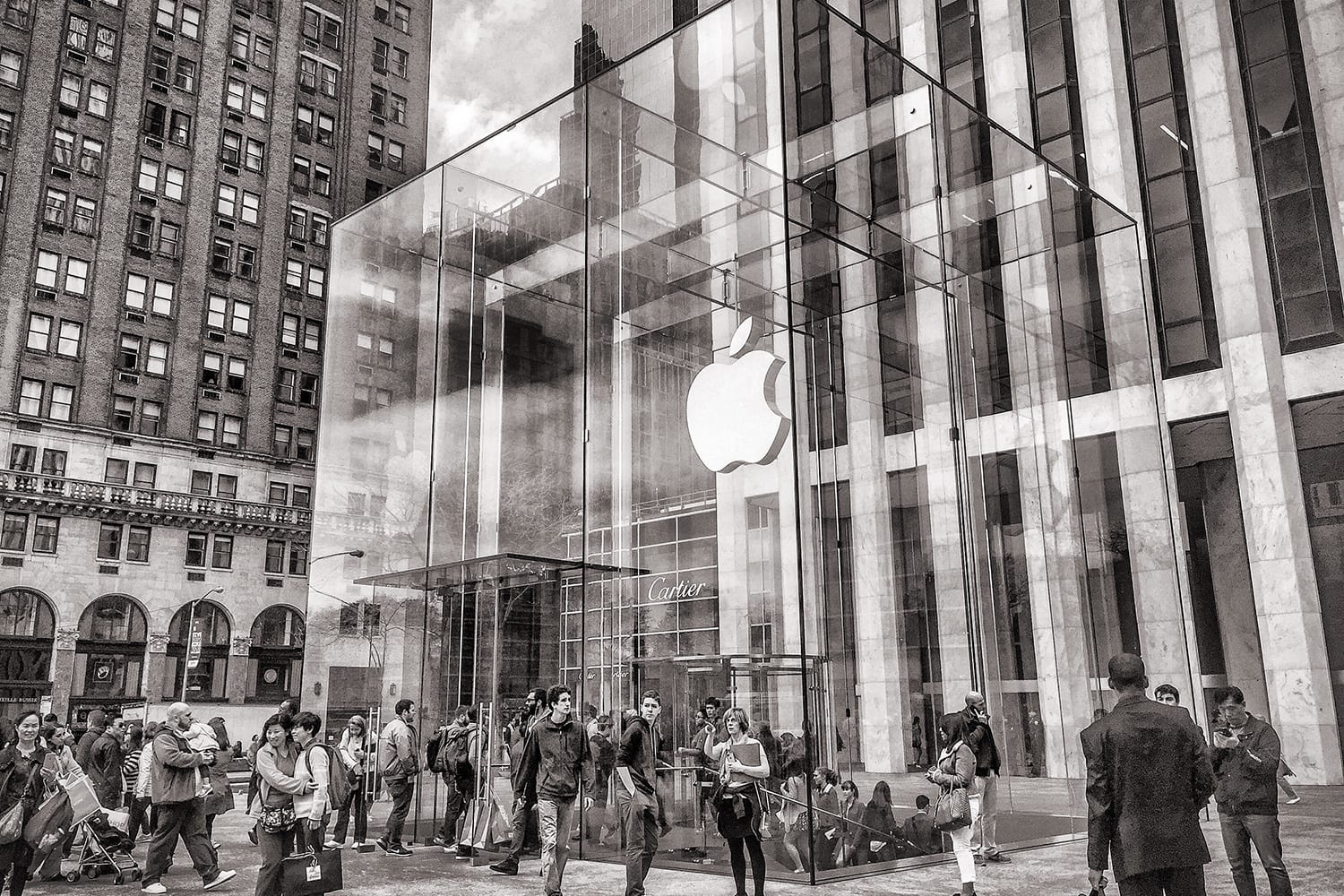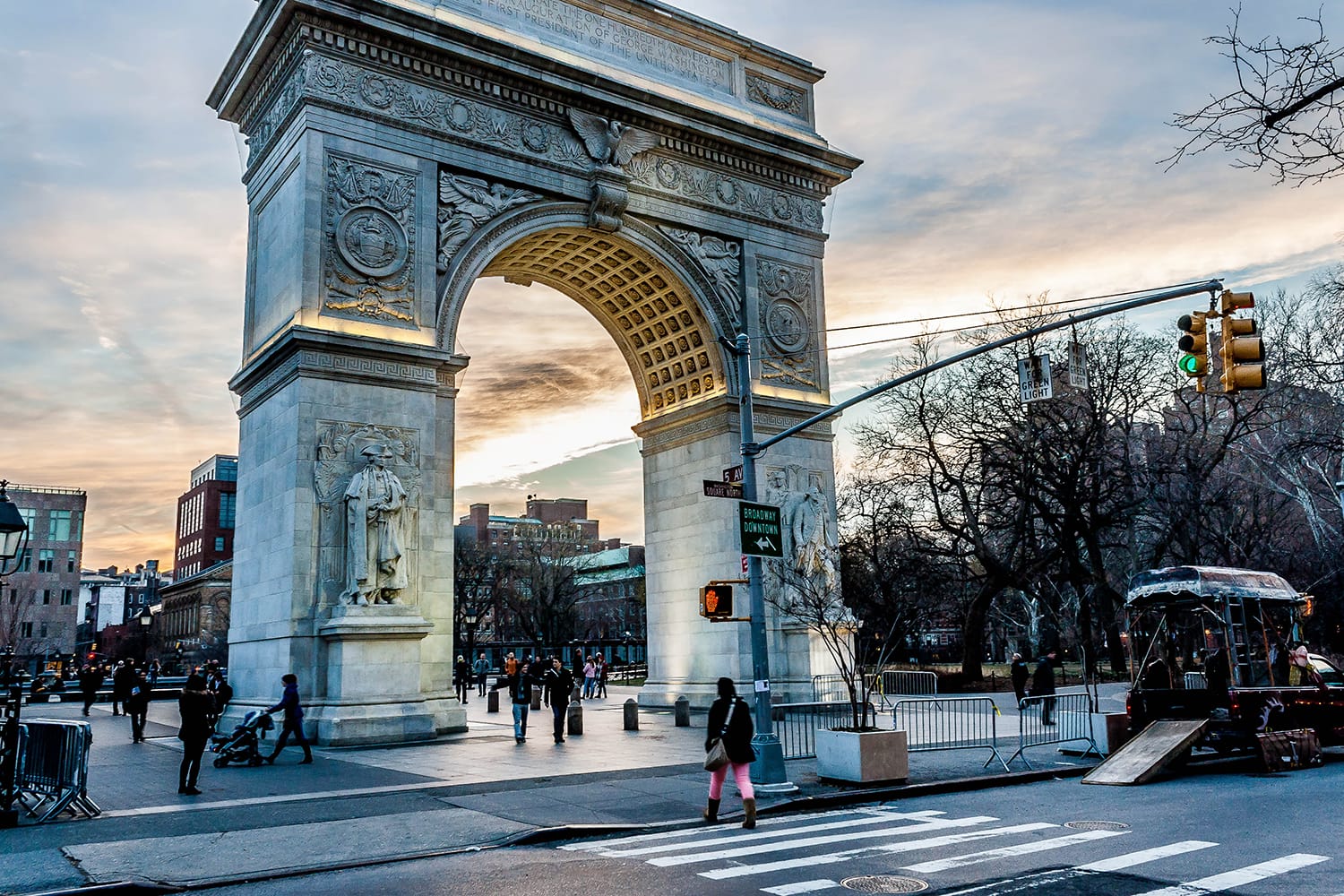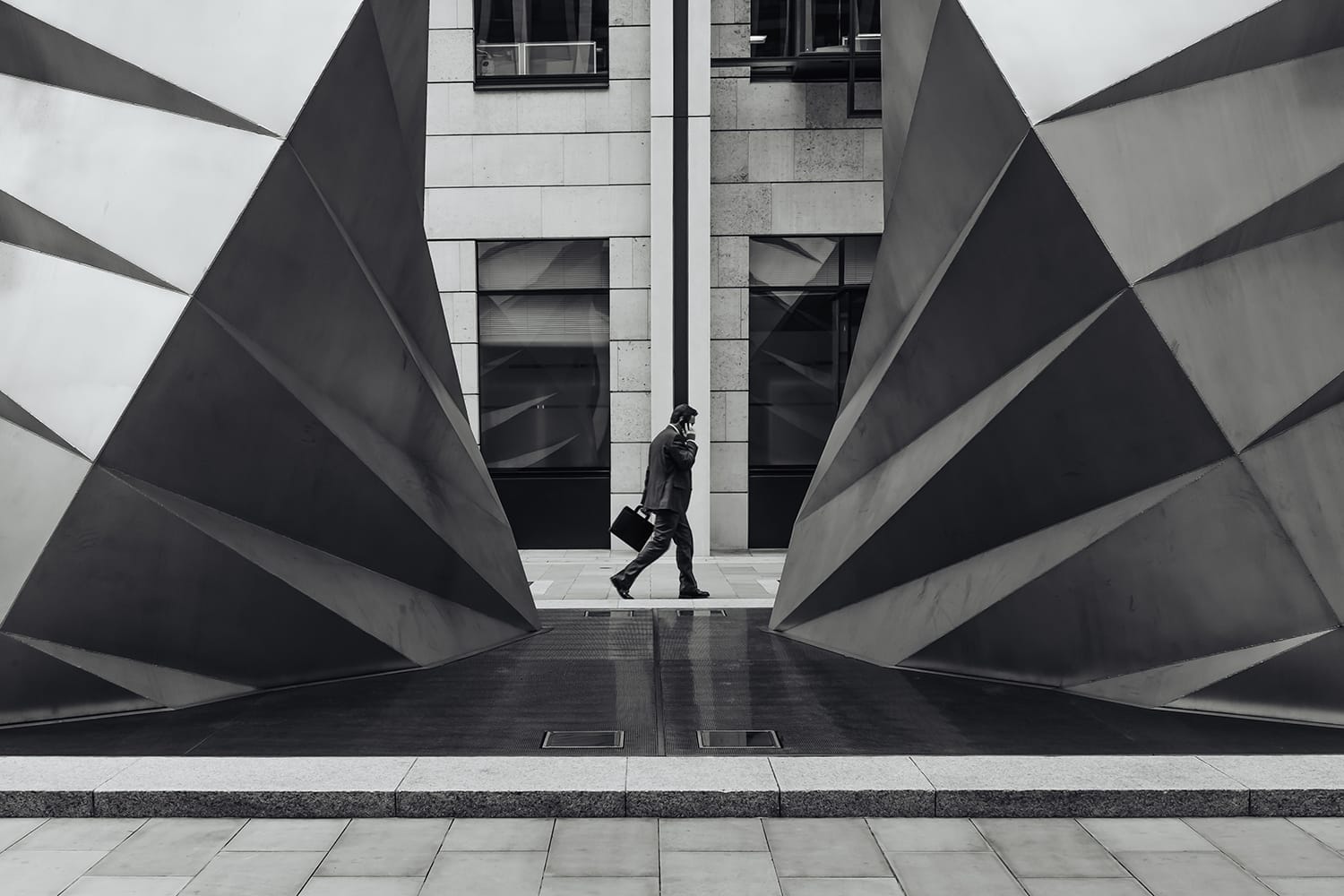How to Incorporate Human Elements Into Architecture Photography
When you’re taking photos of buildings, homes, or the interiors of these structures, what you normally do is make sure that nobody is around so that the entire scene does not have people in them.
This is probably the result of an age-old practice of leaving out people from architectural, interior design, or real estate photos. While some photographers say including people in these photos will only distract viewers, the real reason why there were no human elements in the early days of architectural, interior design, and real estate photography because of technical limitations related to long shutter speeds.
It has nothing to do with artistic composition or blending in with the other subjects in the photo.

Nowadays, however, quite a number of contemporary professional photographers embrace the idea of including human elements in their architectural, interior design, and real estate photos.
Today, we see eloquent shots of buildings and structures showing people in motion or individuals using some of the structure’s facilities (i.e. a homeowner watching her favorite show on TV). Incorporating human elements into your photos is important because of several reasons.
Why Incorporate Human Elements?
Taking photos of buildings is not easy, especially if you want to capture the scene without people in them. In some cases, however, putting human elements in your photos of buildings, homes, and interiors can add more life, meaning, and composition to the image.

Here are reasons why you should add people into some – if not most – of your architecture, interior design, and real estate photos.
- In real estate and interior design photography, including the homeowners in the photos will show viewers how a particular space can be used or is used.
Picture this: a homeowner is shown watching a movie or TV series. This photo shows how that particular area or space in the home is used or can be used. She can be joined by her child who will be seen playing with his toys on the carpeted floor. This image shows how two different people can use the room or area for two different purposes – still showcasing the great architectural features of the space. - In interior design and architectural photography, people can be included in the photos to highlight architectural details.
Another example: the photo shows a small library with bookshelves filled with books and light streaming in from a small window, you need to showcase this particular architectural element. The solution? Include the homeowner in the photo. Maybe make him sit on a chair near the window, where the light could easily set in. If you do not have someone reading on that chair, viewers would not be able to see how the window and light can be useful. - In interior design and architectural photography, incorporating human elements will help emphasize a specific design or design concept.
So if the house or building has a spiral staircase made of elegant steel, you can have a lady dressed in a stylish gown going up the stairs. This scene reflects the kind of image that your photo intends to project. Without the fashionably dressed lady, the photo won’t be able to show viewers the elegance that the interior designer and architect want to showcase. - In interior design, architectural, and real estate photography, it is important to show photos that are alive; not those that look gloomy or post-apocalyptic.
As such, when you take photos of a family restaurant, there should be people in them. Have some people sitting or standing in different areas of the restaurant in groups. Remember, public places like restaurants should have people in them. Just imagine a deserted hotel lobby and the reactions you’ll get will be varied. Some will even think the hotel is creepy. - Including human elements in your interior design, architecture, and real estate photos will show how people can move through the area.
For a photo taken inside a kitchen, you can show the homeowner cooking a meal for the family while the kids help out. This gives the room some life and can help highlight some of the architectural elements of the room. - Architecture, interior design, and real estate photos should show human elements if you want viewers to look at them with meaning and appreciation.
Instead of showing a static photo of an escalator in a department store, you can show a mother holding her son as he steps on to the escalator steps. This will give your photo compassion; a soul. And viewers will take note of – and remember – this. - You should add human elements to your interior design, architecture, and real estate photos if you want to emphasize proportion or size.
For example, if you are shooting a metropolitan skyline, focus on tall buildings or skyscrapers and then have one or two people standing or walking close to one of the buildings so that the proportions shown are realistic. This will show viewers how realistic your photo is. Your human subjects should not be positioned too close to the camera as this will cause them to look bigger than the usual, and your photo will appear unnatural or unrealistic.

How to Properly Capture Motion and How to Shoot Candid Photos of People
Now that you know why you should incorporate human elements into your architectural, interior design, and real estate photos – and how they should be done, here are a few tips on how you can properly capture or blur people walking by, as well as how you can shoot candid photos of them.
Here’s how you can effectively blur people walking by:
- Use long exposure or slower shutter speed. And be sure to use a tripod, or lean on something steady.
- Depending on the ambient light, the ideal shutter speed should be anywhere between 1/15th and 1/30th of a second. If you go lower than this, make sure that your tripod is sturdy enough and don’t make unnecessary movements on your camera (use a remote trigger or timer).
- Wait for people to pass by. This could take several shots or numerous trial-and-error. Take multiple shots and you’ll be surprised at the many spontaneous images you can use.
- Don’t pose them. Stolen shots are best.
- Candid shots are spontaneous; not planned. So you’re not sure what’s going to happen next. But positioning yourself strategically will greatly help.
- Bring your telephoto or zoom lens so you can take photos even when the human subjects are far away.
- Avoid using flash so you won’t startle the subject. In case of low light situations, open your aperture (f4-f5.6 at the lowest) and increase the ISO (only up to 400).
- Take photos of people doing things (and not just walking), as these are more interesting.

Whatever your reason is for wanting to incorporate human elements into your architectural, interior design, or real estate photos, it is important to practice. In photography – and as in everything else that you do – practice makes perfect.
